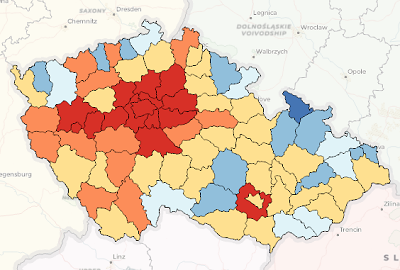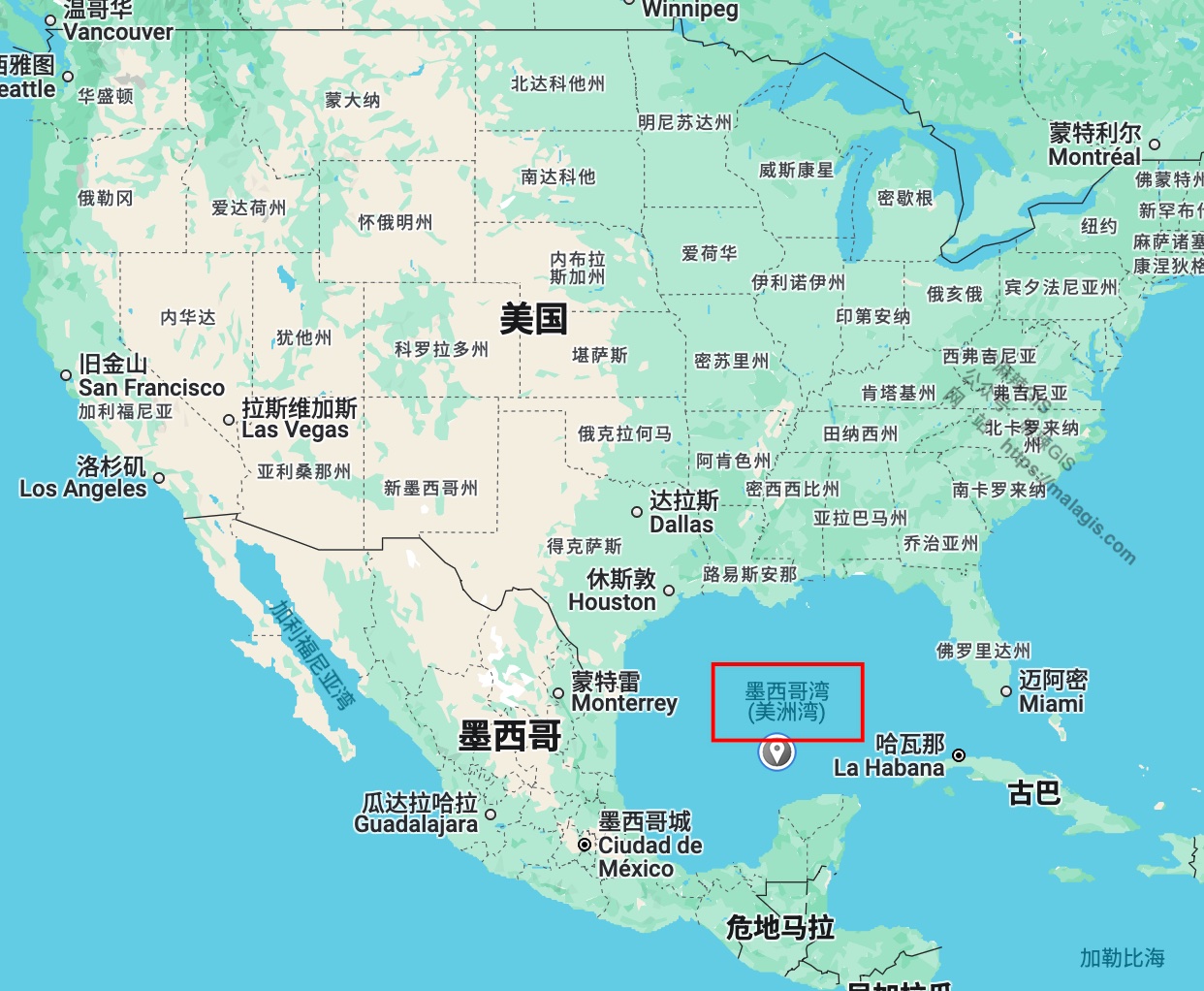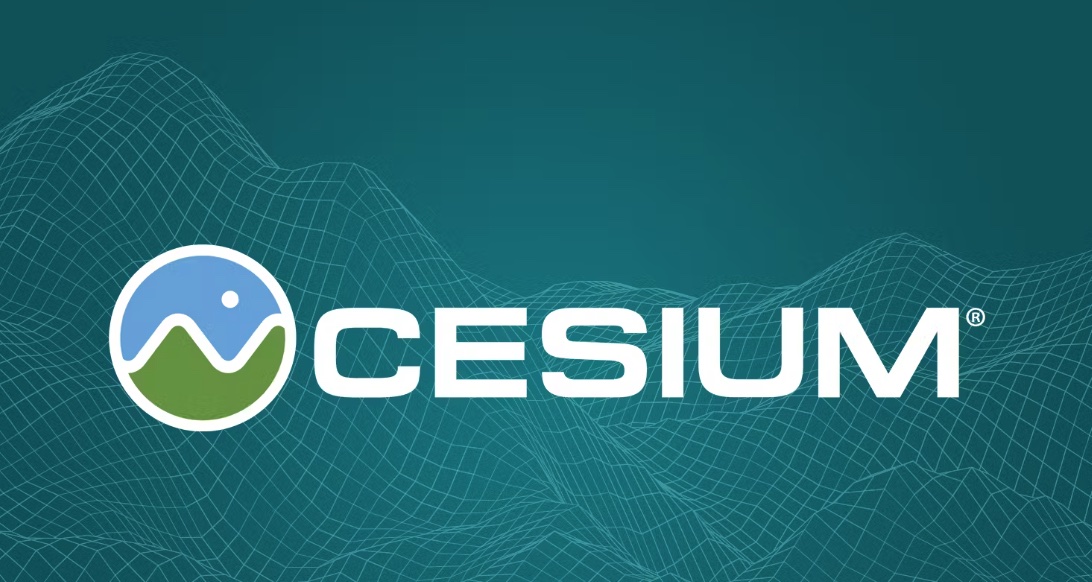This afternoon, while I was browsing the Mala GIS group, a user named @zheer discovered a pop-up demanding unpaid wages in an open-source Cesium examples project. This immediately piqued my interest, so I opened it to explore. The project summarizes common effects in Cesium development with over 200 demos, and also includes over 100 demos developed with ThreeJS. It's lamentable that such a talented developer had to resort to using an open-source project to plead for their wages, which is quite disheartening.

Open-source project address: https://jiawanlong.github.io/







